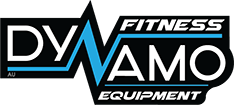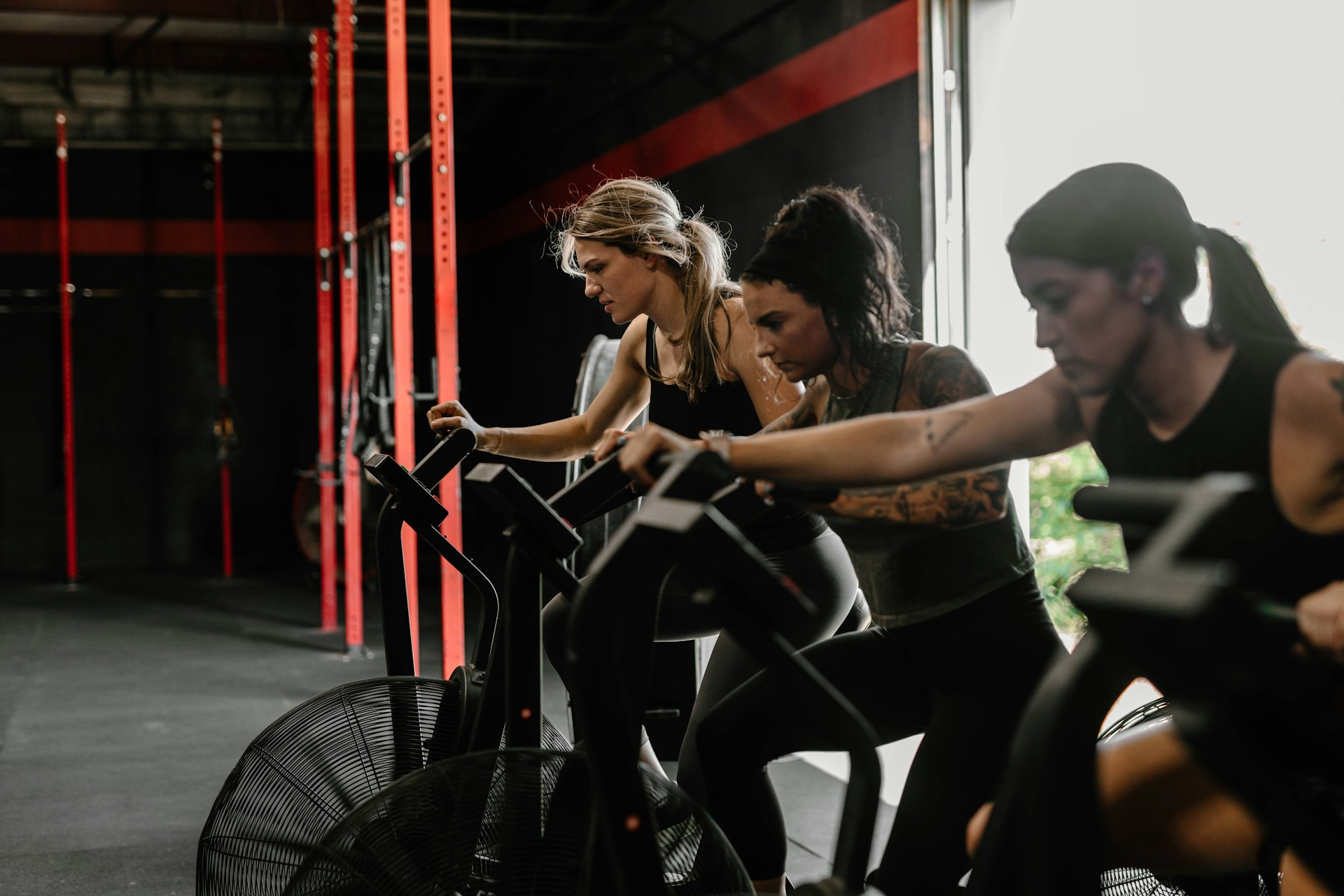
7 Must-Have Strength Training Equipment and Tools for CrossFit Lovers
CrossFit pushes limits. It demands speed, strength, and the right strength training equipment. Every workout is a challenge, testing both body and mind.
Strength training plays a critical role in CrossFit. It builds explosive power, improves stability, and prevents injuries. Athletes who train smart see faster gains and better performance in their WODs.
This guide highlights the best strength training tools for CrossFit athletes. These fitness equipment enhance power, endurance, and functional fitness.
Why Strength Training Machines Matter for CrossFit Athletes
CrossFit tests endurance, speed, and raw power. Strength training machines give athletes an edge by enhancing performance, preventing injuries, and improving muscle balance.
Enhanced Strength & Power
Machines provide constant resistance, helping athletes build explosive strength. Unlike free weights, they guide movement, ensuring muscles work through the full range of motion. This controlled resistance improves force production, which translates to stronger lifts, faster sprints, and better agility in CrossFit WODs.
Reduced Injury Risk
CrossFit involves high-impact movements like Olympic lifts, box jumps, and kipping pull-ups. Strength machines reduce stress on joints while allowing athletes to push their limits.
-
No need for a spotter.
-
Less strain on stabilizer muscles.
-
More focus on strength development without risking poor form.
Machines help rehab injuries by supporting proper mechanics, making them a smart addition to any training plan.
Improved Muscle Isolation
Weak muscles limit performance. Machines let athletes target specific muscle groups without compensating with stronger ones. This focus corrects imbalances, improves symmetry, and strengthens key CrossFit muscles like the posterior chain, core, and shoulders.
-
Lat pulldowns improve pull-up strength.
-
Leg press builds explosive lower-body power.
-
Reverse hyperextension strengthens the lower back to prevent injuries.
A well-balanced body moves better, lifts heavier, and lasts longer in workouts.
Progressive Overload & Tracking
Machines allow precise weight adjustments, helping athletes progress faster. Unlike barbells or dumbbells, machines offer incremental increases that make overload easier to control.
-
Track strength gains over time.
-
Adjust weights without changing form.
-
Prevent plateaus by consistently adding resistance.
CrossFit demands continuous improvement. Strength machines provide a structured way to build power, endurance, and resilience—key ingredients for success.
The 7 Best Strength Training Tools for CrossFit Athletes
1. Smith Machine
The Smith machine is a weightlifting station with a barbell fixed to a vertical track. It provides guided movement, helping lifters maintain stability and control. Unlike free weights, the bar moves in a set plane, reducing the risk of imbalance or poor form.
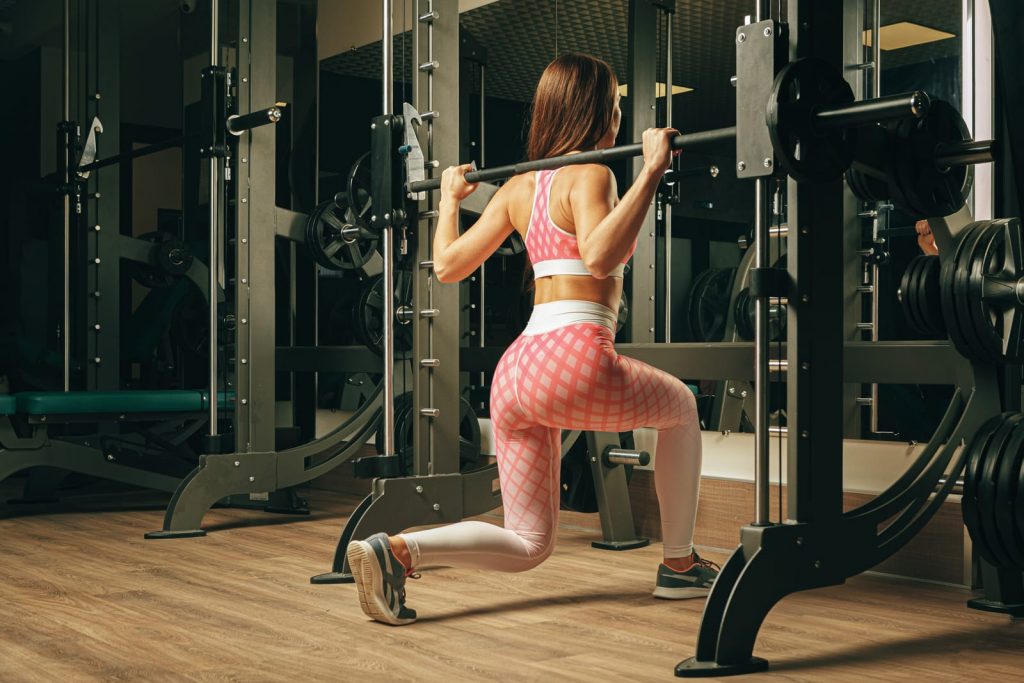
Why CrossFit Athletes Should Use a Smith Machine
-
Safe Strength Development: The guided barbell allows you to lift heavy without a spotter.
-
Explosive Power: Builds lower-body and upper-body strength with controlled resistance.
-
Progressive Overload: Helps increase weight safely, ideal for improving squats, lunges, and presses.
-
Muscle Isolation: Targets specific muscle groups without engaging stabilizers excessively.
Best CrossFit Exercises on a Smith Machine
Smith Machine Squats
-
Adjust the bar to shoulder height.
-
Stand with feet shoulder-width apart.
-
Lower into a squat, keeping knees in line with toes.
-
Push back up, driving through the heels.
-
Ideal for building leg strength and endurance for box jumps and Olympic lifts.
Smith Machine Overhead Press
-
Position the bar at chest level.
-
Grip shoulder-width apart, press up until arms are fully extended.
-
Lower the bar slowly to control resistance.
-
Strengthens shoulders for handstand push-ups and jerks.
Smith Machine Split Squats
-
Place one foot forward, the other on a bench behind.
-
Lower your back knee toward the floor.
-
Press through your front heel to rise.
-
Builds unilateral leg strength, improving lunges, running, and explosive jumps.
2. Cable Machines
A cable machine consists of weight stacks connected to adjustable pulleys. It offers resistance in multiple directions, making it one of the most versatile machines for strength training. Unlike barbells or dumbbells, cables maintain constant tension throughout the movement.
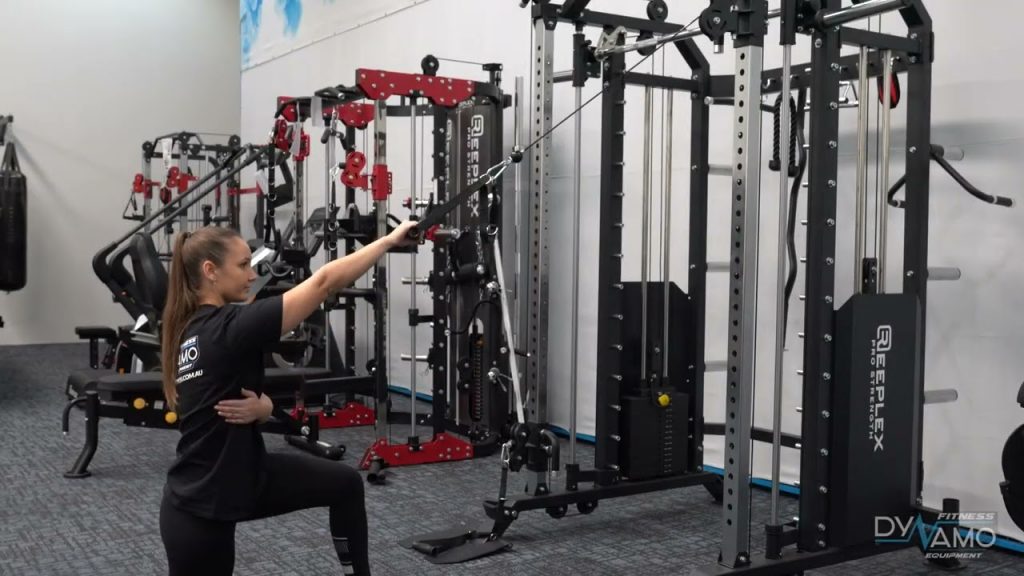
Why CrossFit Athletes Should Use a Cable Machine
-
Functional Strength Development: Cables mimic real-life movements, improving carryover to CrossFit exercises.
-
Joint-Friendly Resistance: Reduces strain while maintaining constant muscle activation.
-
Improved Core Stability: Most cable exercises engage the core, essential for lifts, carries, and gymnastics skills.
-
Unilateral Training: Strengthens each side independently, fixing muscle imbalances.
Best CrossFit Exercises on a Cable Machine
Cable Lat Pulldown
-
Sit under the bar with a wide grip.
-
Pull down toward the chest, keeping elbows tucked.
-
Slowly return to the starting position.
-
Strengthens the lats and back for pull-ups, rope climbs, and muscle-ups.
Cable Face Pulls
-
Attach a rope to the high pulley.
-
Pull toward the forehead, keeping elbows high.
-
Squeeze shoulder blades together, then release.
-
Builds rear delts and traps, improving posture and Olympic lifts.
Cable Single-Arm Rows
-
Set the pulley to waist height.
-
Grip the handle with one hand and step back slightly.
-
Pull the handle toward your torso, squeezing the shoulder blade.
-
Strengthens back, arms, and grip for deadlifts and carries.
Cable Pallof Press
-
Set the cable at chest height.
-
Hold the handle with both hands, standing sideways to the machine.
-
Press forward without rotating your torso.
-
Engages the core for stability in squats, deadlifts, and overhead lifts.
3. Leg Press Machine
The leg press machine targets the lower body. Unlike squats, which engage stabilizing muscles, the leg press isolates the quadriceps, hamstrings, and glutes with controlled movement. It allows CrossFit athletes to develop leg power without putting stress on the lower back.
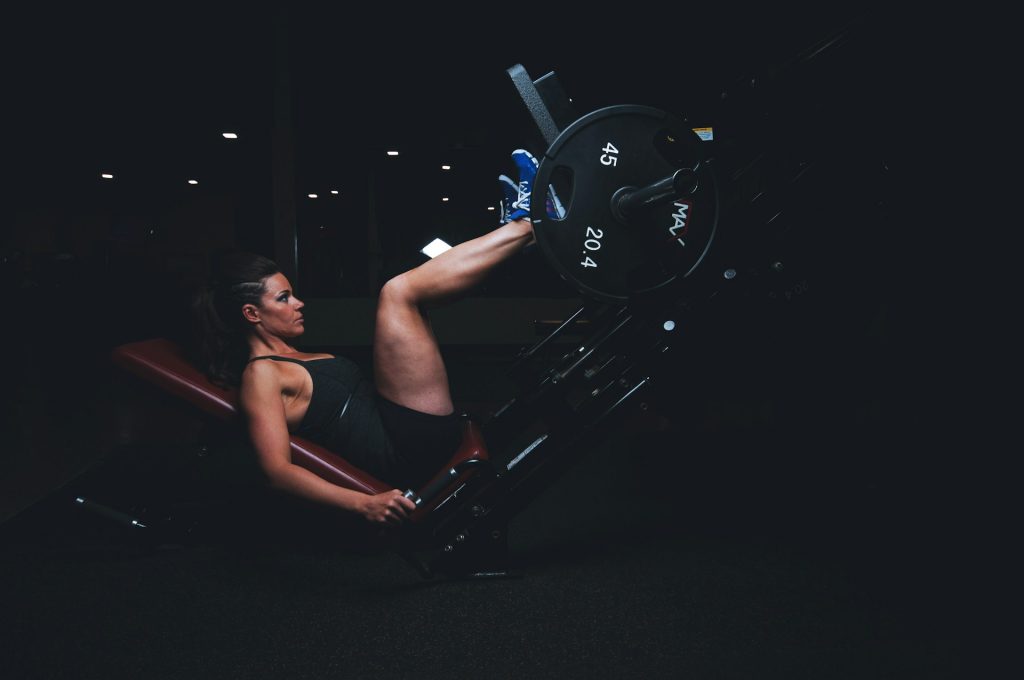
Why CrossFit Athletes Should Use a Leg Press Machine
-
Increases Leg Strength: Builds power in the quads, hamstrings, and glutes, essential for box jumps, lunges, and sprints.
-
Reduces Spinal Load: Unlike barbell squats, it supports the back while allowing heavy lifts.
-
Enhances Jump Performance: Stronger legs improve explosive movements, crucial for double-unders and Olympic lifts.
-
Improves Knee Stability: Strengthens muscles around the knee, reducing injury risk.
Best CrossFit Exercises on a Leg Press Machine
Standard Leg Press
-
Sit on the machine with feet hip-width apart.
-
Push the weight up, keeping knees slightly bent.
-
Lower slowly until legs form a 90-degree angle.
-
Strengthens quads, hamstrings, and glutes for squats, lunges, and sprinting.
Single-Leg Press
-
Place one foot in the center of the platform.
-
Press up, focusing on balance and control.
-
Lower the weight slowly, keeping tension on the muscles.
-
Builds unilateral strength, improving lateral movement and stability.
Wide-Stance Leg Press
-
Position feet wider than shoulder-width.
-
Press the weight upward, focusing on the glutes and hamstrings.
-
Lower the platform slowly, maintaining control.
-
Targets posterior chain muscles, enhancing deadlift and squat performance.
4. Cross Trainer
The cross trainer, also known as an elliptical, provides low-impact, full-body conditioning. Unlike running, it reduces stress on the joints while engaging legs, arms, and core. CrossFit workouts often include high-intensity cardio, and the cross trainer helps improve endurance without overloading the body.
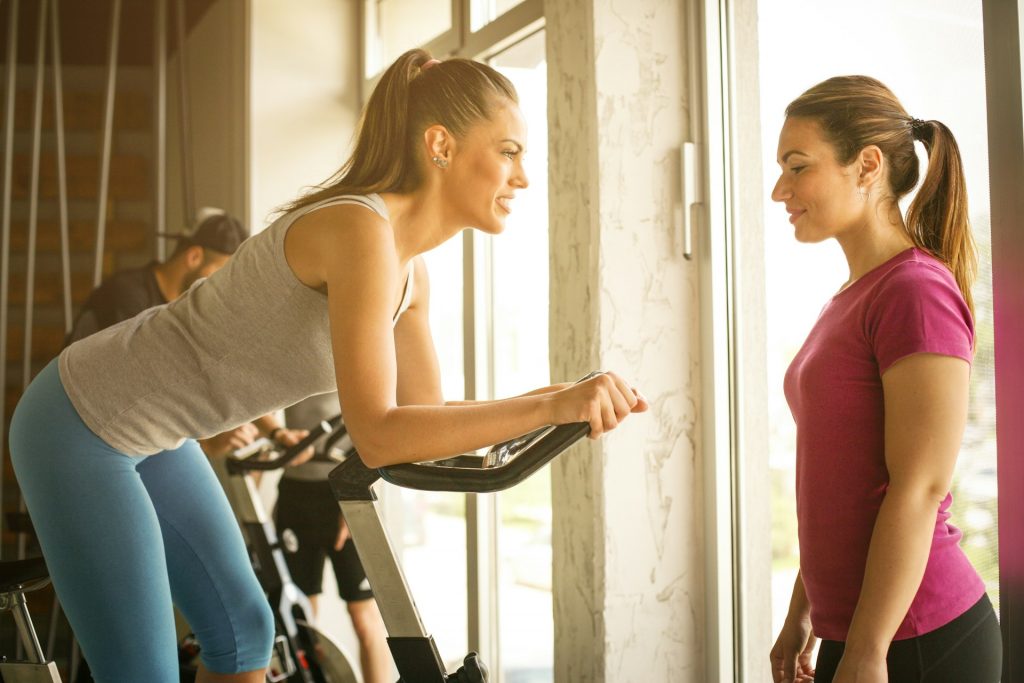
Why CrossFit Athletes Should Use a Cross Trainer
-
Boosts Cardiovascular Endurance: Strengthens the heart and lungs for better WOD performance.
-
Low-Impact Conditioning: Ideal for active recovery without joint strain.
-
Full-Body Activation: Engages the legs, arms, and core simultaneously.
-
Improves Stamina for Workouts: Prepares athletes for intense sessions like AMRAPs and EMOMs.
Best CrossFit Exercises on a Cross Trainer
High-Intensity Sprints
-
Set resistance to medium-high.
-
Sprint at full speed for 30 seconds.
-
Recover for 30 seconds at a slow pace.
-
Builds endurance for burpees, rowing, and kettlebell swings.
Reverse Pedaling
-
Pedal backward, engaging the hamstrings and glutes.
-
Maintain a steady pace for 2–3 minutes.
-
Improves lower-body strength and supports sprinting and jumping movements.
Full-Body Resistance Push
-
Increase resistance for a slower, power-focused workout.
-
Push and pull the handles with force.
-
Enhances upper-body strength, grip endurance, and total-body coordination.
5. Rowing Machine
A rowing machine simulates the motion of rowing a boat. It provides a full-body workout, engaging the legs, core, and upper body. Unlike running, it offers high-intensity cardio without excessive impact on the joints.
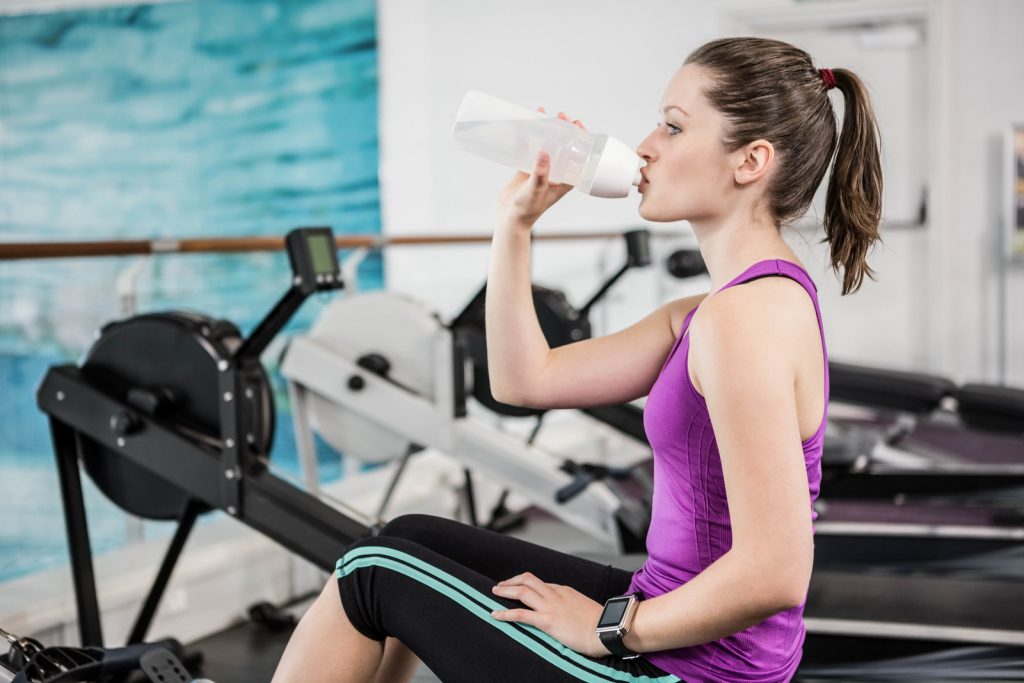
Why CrossFit Athletes Should Use a Rowing Machine
-
Full-Body Conditioning: Targets legs, back, arms, and core in a single movement.
-
Improves Cardiovascular Endurance: Strengthens heart and lungs for better performance in long WODs.
-
Enhances Explosive Power: Builds leg drive, crucial for Olympic lifts and sprinting.
-
Low Impact, High Reward: Reduces stress on knees and ankles compared to running.
-
Increases Work Capacity: Helps CrossFitters maintain intensity in AMRAP and EMOM workouts.
Best CrossFit Exercises on a Rowing Machine
Interval Sprints
-
Row at max effort for 30 seconds.
-
Rest for 30 seconds.
-
Repeat for 5 to 10 rounds.
-
Boosts endurance for burpees, thrusters, and wall balls.
500-Meter Row Challenge
-
Row 500 meters as fast as possible.
-
Keep strokes per minute between 25 and 30.
-
Improves power output and stamina for high-intensity WODs.
Row and Press Combo
-
Row 250 meters at a moderate pace.
-
Immediately perform 10 dumbbell presses.
-
Repeat for 5 rounds.
-
Develops total-body strength and cardiovascular endurance.
6. Pilates Reformer Machine
A Pilates reformer machine uses a sliding carriage, springs, and straps to create controlled resistance. It strengthens stabilizer muscles, improves flexibility, and enhances core control—all crucial for CrossFit athletes.
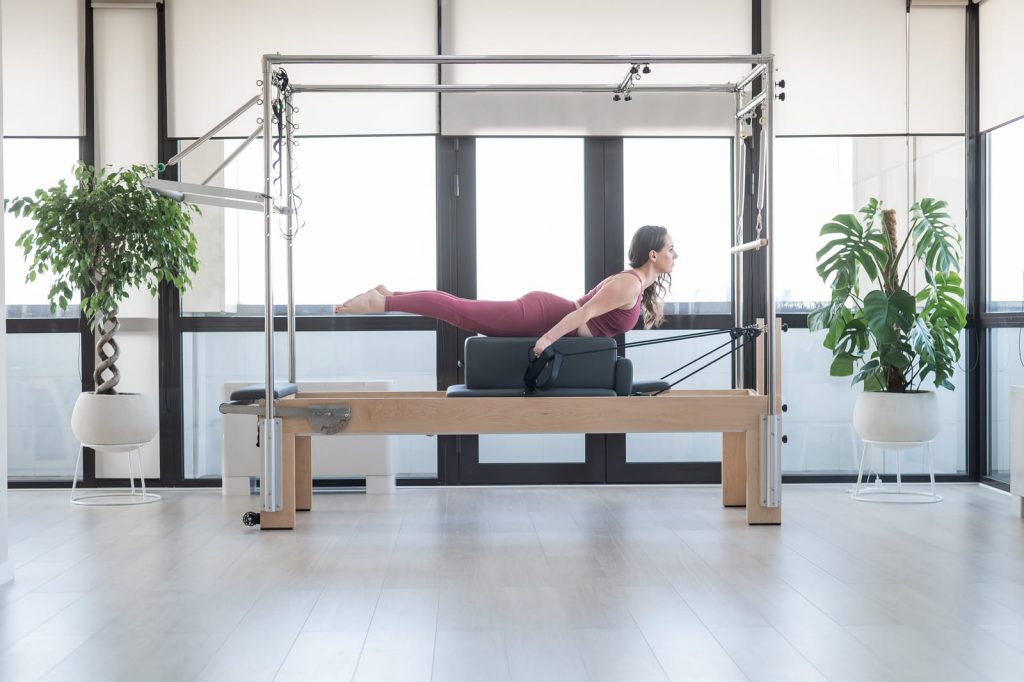
Why CrossFit Athletes Should Use a Pilates Reformer
-
Builds Core Strength: Activates deep core muscles, improving performance in lifts and gymnastics.
-
Improves Mobility: Enhances flexibility in hips, shoulders, and spine for better movement patterns.
-
Injury Prevention: Strengthens stabilizers, reducing risk in high-impact workouts.
-
Enhances Postural Alignment: Encourages proper form, reducing strain during heavy lifts.
-
Increases Balance and Control: Essential for handstands, single-leg movements, and agility drills.
Best CrossFit Exercises on a Pilates Reformer
Reformer Plank Holds
-
Place hands on the carriage, feet on the platform.
-
Hold for 30–60 seconds.
-
Builds core endurance for gymnastics movements like toes-to-bar and L-sits.
Leg Press on the Reformer
-
Lie on the carriage with feet on the foot bar.
-
Push through heels, extending legs fully.
-
Strengthens quads, glutes, and hamstrings for squats and lunges.
Reformer Reverse Lunges
-
Stand on the platform, place one foot on the sliding carriage.
-
Lower into a lunge, keeping the front knee aligned.
-
Improves stability, leg strength, and control for single-leg movements.
Reformer Pike
-
Place feet on the carriage, hands on the stationary bar.
-
Use core strength to pull hips toward the ceiling.
-
Develops core power for muscle-ups, snatches, and cleans.
7. Resistance Bands
Resistance bands are flexible, elastic bands that provide varying levels of resistance. They come in different tensions, from light to extra heavy. Unlike machines with fixed weights, bands adjust to movement, creating constant tension on muscles.
CrossFit is all about functional strength, and resistance bands improve mobility, stability, and explosive power. They also help athletes warm up, recover, and prevent injuries.
Why CrossFit Athletes Should Use Resistance Bands
-
Improves Mobility: Prepares joints and muscles for squats, deadlifts, and presses.
-
Builds Explosive Power: Bands add progressive resistance to lifts and sprints.
-
Enhances Strength: Activates stabilizer muscles and reinforces movement patterns.
-
Reduces Injury Risk: Strengthens tendons and ligaments to prevent strains.
-
Versatile and Portable: Can be used anywhere for strength, flexibility, and recovery.
Best CrossFit Exercises Using Resistance Bands
Band-Assisted Pull-Ups
-
Loop a resistance band over a pull-up bar.
-
Place one foot or knee inside the band.
-
Grip the bar and pull up until chin clears the bar.
-
Controls movement and builds strength for strict pull-ups and muscle-ups.
Banded Deadlifts
-
Wrap bands around a barbell and anchor them to the ground.
-
Perform deadlifts as usual.
-
Resistance increases at the top, teaching speed and control.
-
Improves explosiveness for Olympic lifts.
Banded Squats
-
Place a looped band above the knees.
-
Squat while keeping knees pushed outward.
-
Strengthens hip abductors and stabilizers for proper squat form.
Band Resisted Sprints
-
Attach a resistance band to a fixed point.
-
Sprint forward against the band’s tension.
-
Builds leg drive, acceleration, and explosive power.
Face Pulls with Resistance Bands
-
Anchor the band at chest height.
-
Pull toward the face, squeezing shoulder blades.
-
Develops rear delts, traps, and posture for Olympic lifts.
How to Integrate Strength Machines into CrossFit Training
Machines aren’t a replacement for barbells, kettlebells, or bodyweight exercises. But they fill gaps, improve technique, and help prevent injuries. Knowing when and how to use them makes the difference between maximizing performance and just adding extra work.
Complement Free Weights – When to Use Machines vs. Barbells and Kettlebells
Barbells and kettlebells allow dynamic, functional movements. They train coordination, balance, and full-body strength. But they also demand more control, which increases injury risk when fatigue sets in.
Machines come in when form breaks down. They let you train muscles to failure without worrying about stabilizers.
-
Use machines for heavy, controlled strength work. Example: Leg press before high-rep squats.
-
Use barbells and kettlebells for explosive, compound lifts. Example: Deadlifts, cleans, and snatches.
-
Use machines after free weights for burnout sets. Example: Lat pulldown after kipping pull-ups.
Machines reinforce muscle engagement and correct weaknesses. They support joint health while allowing progressive overload without risk.
How to Schedule Machine-Based Strength Work in WODs
CrossFit workouts combine strength and endurance. Machines fit into three key training phases:
-
Pre-WOD Activation
-
Light machine work prepares muscles for complex lifts.
-
Example: Lat pulldown before muscle-ups to warm up pulling muscles.
-
-
Post-WOD Strength Work
-
Machines reinforce targeted strength gains after high-intensity workouts.
-
Example: Leg press after a squat-heavy WOD to finish off quads and glutes.
-
-
Active Recovery Days
-
Machines allow controlled movement without impact.
-
Example: Rowing machine for low-intensity endurance work.
-
Machines help maintain muscle balance, endurance, and resilience. Use them strategically, not randomly.
Target Weak Areas – Using Machines for Muscle Isolation and Injury Prevention
CrossFit demands full-body strength, but weak links slow progress. Machines isolate muscles, allowing focused improvement.
-
Weak Squats? Use the leg press to build quad strength.
-
Struggling with Pull-Ups? Strengthen lats with lat pulldowns.
-
Poor Posterior Chain Activation? Use the reverse hyperextension machine.
-
Shoulder Pain? Build stability with cable face pulls.
Machines fill gaps in training, keeping joints healthy and muscles balanced. CrossFitters who ignore weaknesses get injured. Those who fix them dominate.
Choosing the Right Strength Training Equipment for Your CrossFit Goals
Every CrossFit athlete has different needs. Some want more power, others need endurance, and some focus on injury prevention. Picking the right machine aligns training with goals.
For Power & Strength
Machines that increase raw strength and force output:
-
Smith Machine – Safe for heavy squats, presses, and lunges.
-
Leg Press Machine – Builds explosive lower-body strength.
-
Lat Pulldown – Strengthens pulling power for muscle-ups and rope climbs.
Best for: Athletes looking to lift heavier and improve Olympic lifts.
For Endurance & Conditioning
Machines that build stamina and total-body endurance:
-
Rowing Machine – Develops aerobic capacity and full-body strength.
-
GHD (Glute-Ham Developer) – Builds core endurance and hamstring strength.
Best for: CrossFitters who want to last longer in high-intensity WODs.
For Injury Prevention & Recovery
Machines that protect joints, support rehab, and strengthen stabilizers:
-
Reverse Hyperextension Machine – Protects lower back and strengthens glutes.
-
Cable Machines – Isolates muscles safely, reducing overuse injuries.
Best for: Athletes recovering from injuries or working on muscle imbalances.
Elevate Your CrossFit Performance with the Right Equipment
CrossFit tests strength, endurance, and resilience. Machines don’t replace free weights, but they enhance performance, correct weaknesses, and reduce injury risks. Whether you’re looking to build explosive power, improve endurance, or prevent injuries, the right machines fill the gaps in your training.
-
Smith machines and leg press machines develop raw strength for squats and Olympic lifts.
-
Rowing machines and cross trainers boost stamina for high-intensity WODs.
-
Cable machines and reverse hyperextensions strengthen stabilizers and support injury prevention.
-
Pilates reformers and resistance bands improve mobility, flexibility, and core control.
Adding machines to your CrossFit routine helps you train smarter, lift heavier, and recover better.
Dynamo Fitness offers top-quality gym equipment for CrossFit athletes, from strength machines to functional training gear. Shop online or visit our mega showrooms across Australia to test the premium brands available for home and commercial gyms.
1. Gym Equipment Melbourne Stores.
2. Gym Equipment Sydney Store.
3. Gym Equipment Adelaide Store.
4. Gym Equipment Perth Stores.
5. Gym Equipment Brisbane Store.
6. Gym Equipment Yagoona Store.
Get expert advice from our team on the best machines for your CrossFit goals.
